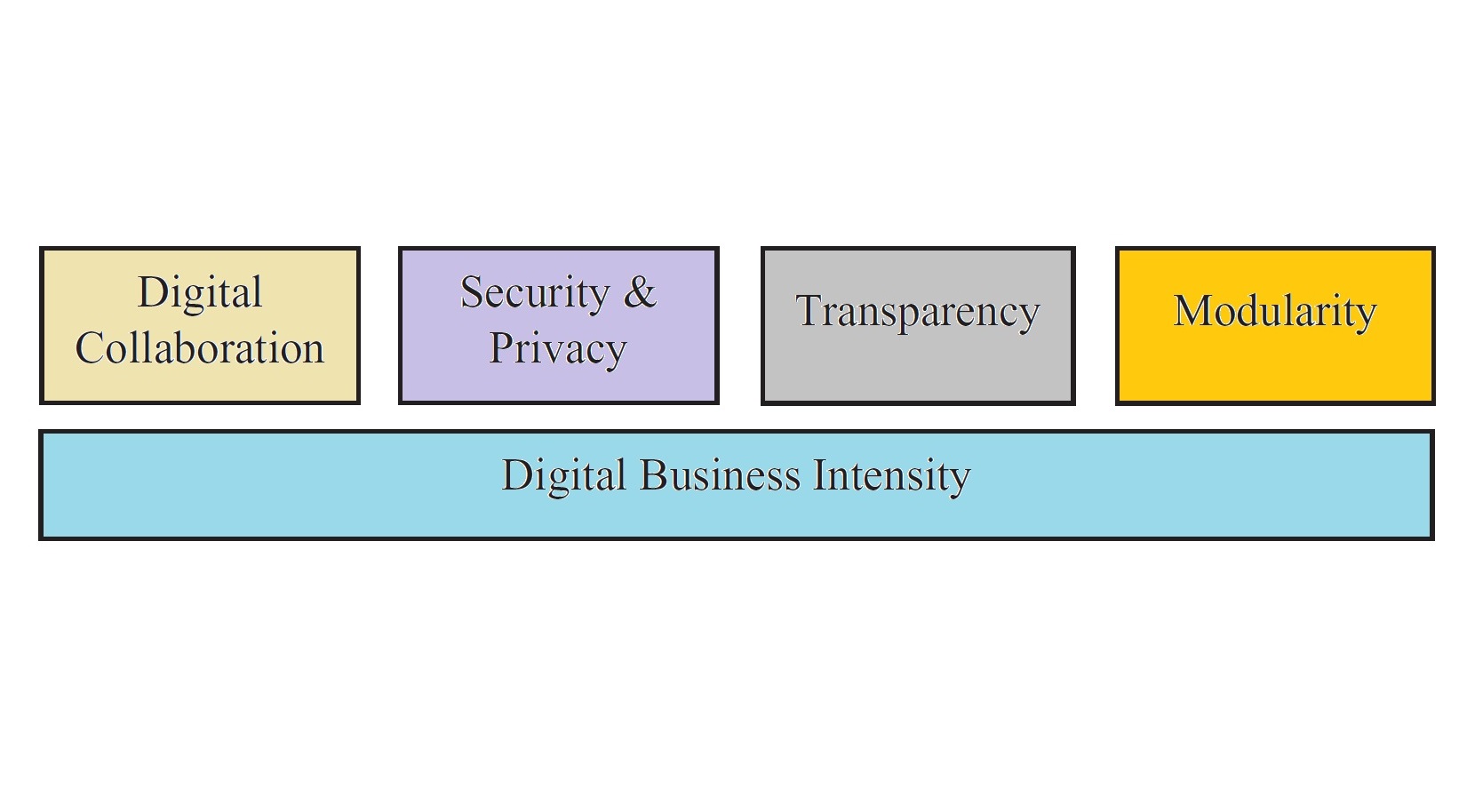Promoting Digital Transformation in Times of Crisis: A Comparative Analysis of Technology Entrepreneurship in the US and Chinese Payment Sectors After COVID-19

DOI:
https://doi.org/10.54060/a2zjournals.jmss.52Keywords:
Pandemic, Digital Transformation, COVID, CrisisAbstract
The COVID-19 pandemic has significantly impacted the global payments industry, accelerating the shift to alternative digital payment methods. This comparative study examines the effects of the pandemic on technology entrepreneurship and payment innovation in the United States and China. Semi-structured interviews were conducted with 25 payment entrepreneurs across the two countries to gain insights into drivers of innovation, challenges faced, and the role of government policies. A survey of 200 consumers provided perspectives on changing payment preferences and adoption patterns pre- and post-COVID. Results indicate COVID-19 accelerated interest in contactless and mobile payments due to attributes like convenience and security. However, startups faced barriers accessing funding and navigating regulations. While policies promoting innovation, competition and digitization supported the ecosystem, effectiveness varied. Not all businesses, especially small- and medium-sized enterprises, overcame resource and expertise constraints limiting technology adoption. This research enhances understanding of payment industry transformations during crises. It informs policy approaches balancing supportive initiatives and addressing uneven diffusion. Continued efforts fostering innovative entrepreneurship models and accessible digital infrastructure can strengthen pandemic resilience and economic recovery.
Downloads
References
V. Braun and V. Clarke, “Using thematic analysis in psychology,” Qual. Res. Psychol., vol. 3, no. 2, pp. 77–101, 2006.
Datta P, Nwankpa JK. Digital transformation and the COVID-19 crisis continuity planning. J Inf Technol Teach Cases. 2021;11(2):81–9. Available from: http://dx.doi.org/10.1177/2043886921994821
Charmaz K. Constructing grounded theory. 2nd ed. Christchurch, New Zealand: Sage Publications; 2014.
Y. Chen, X. Liang, G. Q. Huang, and Y. Chen, “The impact of COVID-19 pandemic on the digital transformation of SMEs: Evidence from China,” Journal of Business Research, vol. 116, pp. 387–398, 2020.
M. Denscombe, “The good research guide: For small-scale social research projects”. McGraw-Hill Education. 2014.
G. Q. Huang, & Y. Chen, “A review of mobile payment research”. Journal of Business Research, vol. 105, pp. 387-398, 2020
N. Kshetri, “COVID-19 pandemic: Information capital, entrepreneurship, and digital innovation”. Journal of Business Research, vol. 117, pp. 121-128, 2020
M. B. Miles & A. M. Huberman, “Qualitative data analysis: An expanded sourcebook” SAGE Publications, 1994.
Y. Mortagy, “The Impact of COVID-19 on the Global Payment Industry”. International Journal of Economics, Commerce and Management, vol. 8, no. 9, pp. 20-35. 2020.
M. N. Saunders, P. Lewis, & A. Thornhill, “Research methods for business students”. Pearson (2015).
Shank, G. (2006). Qualitative research: A personal skills approach. Pearson.
Small Business Administration. “Small Business Innovation Research (SBIR) Program Overview”. Retrieved from https://www.sba.gov/funding-programs/awards-contests/sbir-program-overview 2021.
State Council Information Office of the People's Republic of China. “White Paper: Digital China Building a Digital Country.” Retrieved from http://english.gov.cn/archive/white_paper/2019/06/05/content_281476696539911.htm 2019.
N. Kshetri, “COVID-19 pandemic: Information capital, entrepreneurship, and digital innovation”. Journal, 2020.

Downloads
Published
How to Cite
CITATION COUNT
Issue
Section
License
Copyright (c) 2024 Walid Ghodbane

This work is licensed under a Creative Commons Attribution 4.0 International License.
























